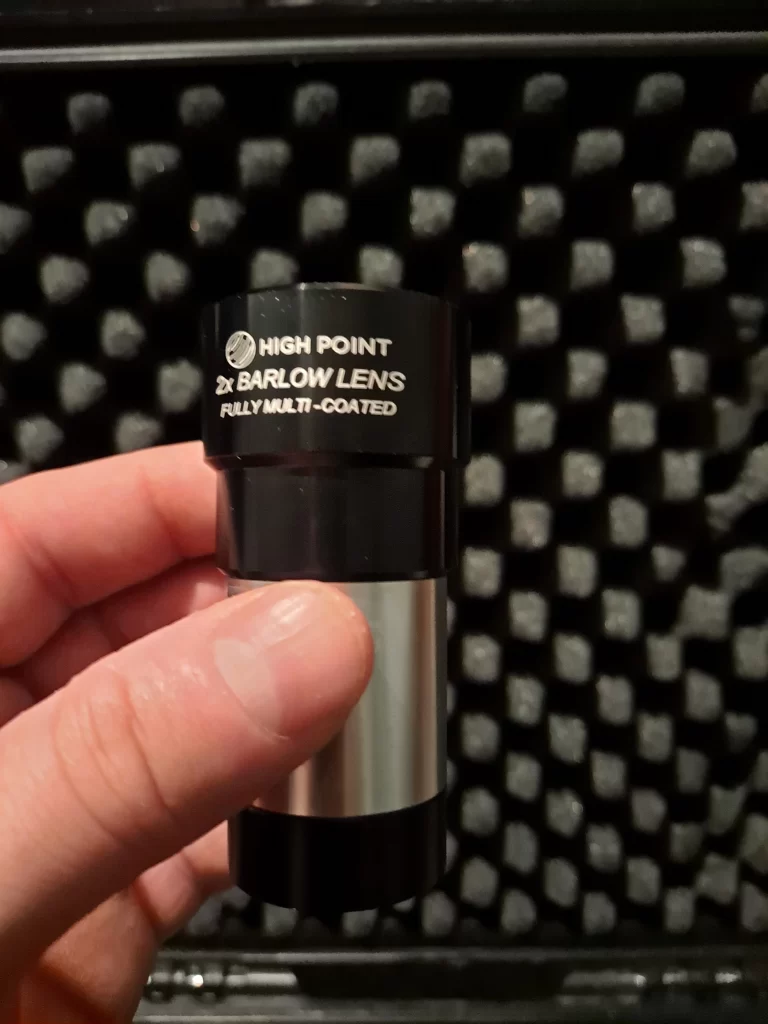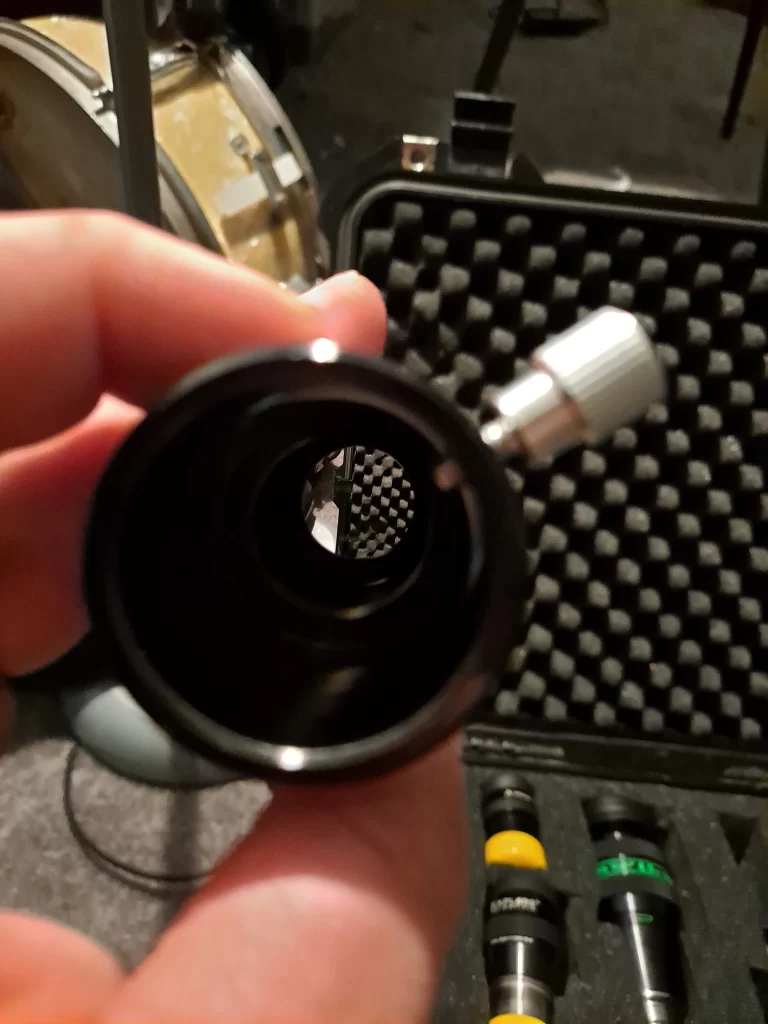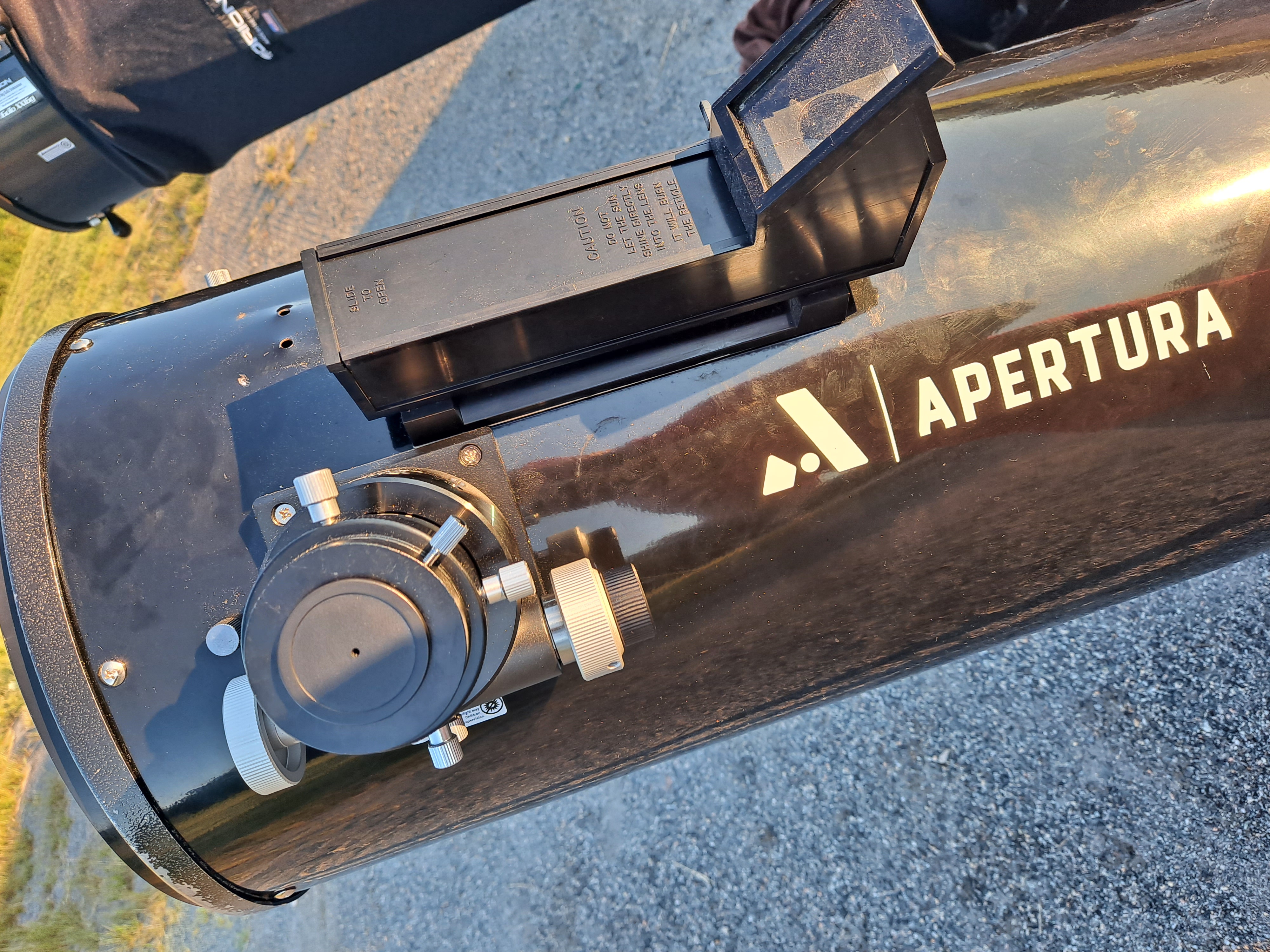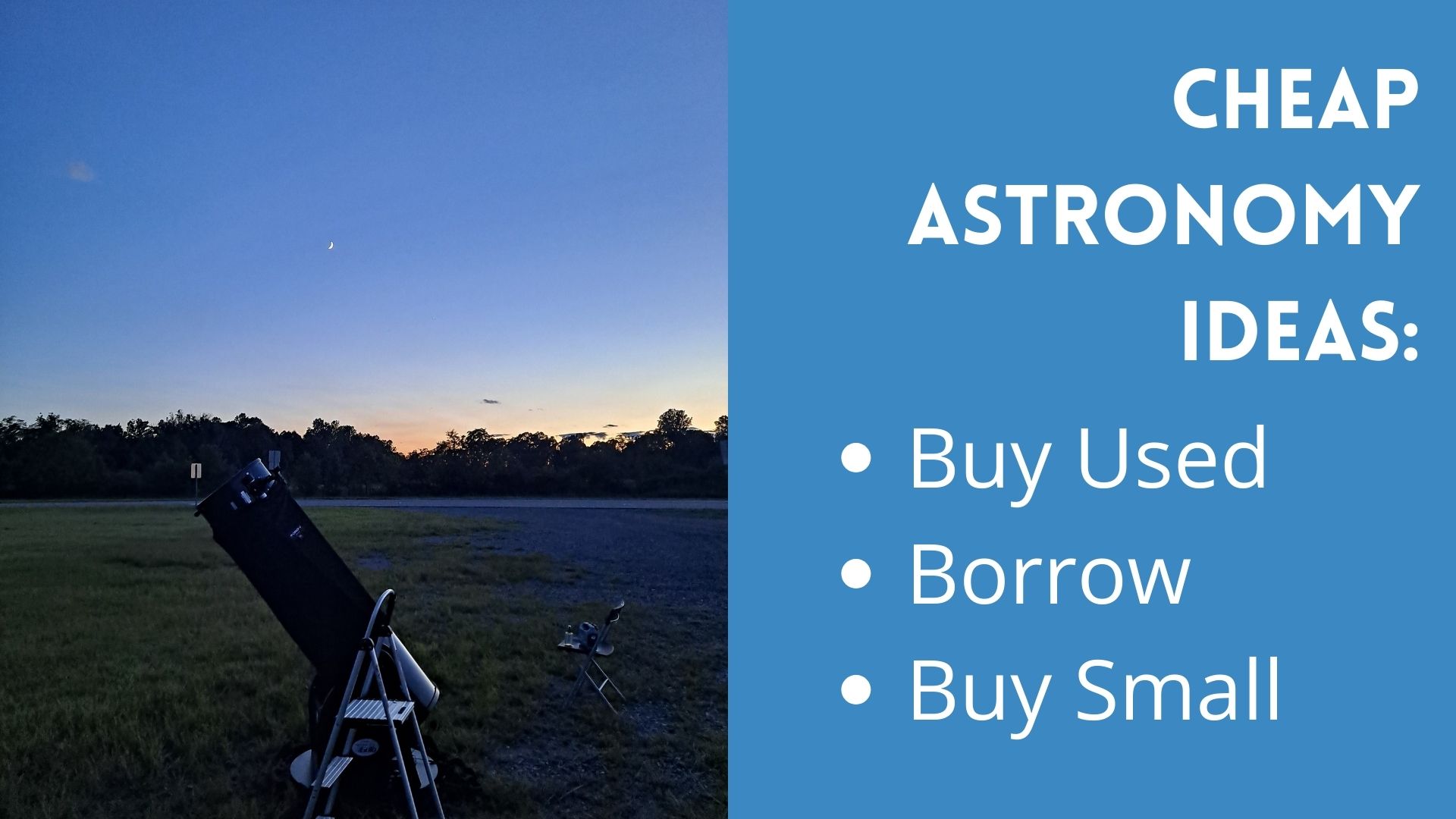Powermate and Barlow lenses are added to an eyepiece to change the way it performs.
Barlow lenses are inexpensive and allow your eyepieces to work at two different magnifications by extending the focal length of the eyepiece. The Powermate is designed to work the same way without distortions. They both provide magnification but they do it in different ways and at different price points.
The Powermate was designed to work like a barlow, but better. The concept was developed by Al Negler to correct the vignetting and astigmatism that can happen when you use a traditional barlow.
In long focal length eyepieces, the Tele Vue Powermate changes the eye relief and it can be significant and affect performance.
If you have a 20mm eyepiece and you put in a Barlow it increases the focal length of your telescope making the 20mm act like a 10mm
You can use 1.25 and 2” eyepieces with a 2” Powermate as they are adjustable.
Parfocal means that all the corresponding focal points are all in the same plane, this means that if you switch out eyepieces you will not need to refocus.

What is a Powermate Lens?
A Powermate is a barlow with a corrector lens to make it parfocal and eliminate aberrations that are common with regular barlow lenses.
A Powermate was conceptualized by Al Nagler. Instead of using just a negative lense, the Powermate uses a negative and a positive lense.
This is what makes the Powermate parfocal.
Parfocal means that you can swap out eyepieces without refocusing. That is the promise of the Powermate, but it does generally need slight adjustments when changing eyepieces.
The Powermate performs best with short focal length eyepieces.
Powermate and barlow both work by changing the focal length of the eyepiece.
Should I buy a Powermate?
The benefit of a Powermate over a barlow is that it is nearly parfocal meaning you will spend less time focusing the eyepieces and more time looking up.
If you have a variety of 1.25 and 2 inch eyepieces then a 2” Powermate will work with all your pieces. It is threaded and adjustable.
The most useful and versatile Powermate for a beginner is the 2” Powermate 2.0x this allows you to use the Powermate with 1.25 and 2 inch eyepieces and it gives you more versatility with your eyepieces.
A 5x would not be used as frequently as you will need to have excellent seeing conditions to be able to go that high with your magnification.
It increases the magnification of your eyepieces and you can easily switch between eyepieces without focusing. It is threaded, so it can also hold filters.
I have seen some incredible images using a Powermate. It is great for planetary imaging.
This Powermate is 1.2 lbs, so be sure to adjust your counterweights accordingly.
What is a Barlow Lens?
Barlow lenses are simple devices that use 2-4 lenses to increase magnification by changing the focal length of an eyepiece.
Barlow lenses were invented by Peter Barlow as a way to increase magnification without changing the eye relief.
There are several types of barlows, but the 2x is the most common.
Attaching a 2x barlow will double the magnification of your eyepiece.
You can also find 2.5x, 3x and 5x barlows that increase magnification by these larger factors. The problem with the larger factor barlows is that it is rare that you have a night with conditions stable enough to use them.
Barlow lenses are a handy and inexpensive addition to an eyepiece case because they allow you to use your eyepieces at two different magnifications.

Field of View
When you increase a telescope’s magnification you will decrease your field of view.
Each time you increase magnification you are using less of your telescope’s aperture.
Rich-field viewing is when an astronomer is maximizing their field of view to see a larger area of the sky.
Having a large field of view has a few advantages:
Easier to locate objects
Brightest possible views
Overcome shaky or unstable mounts
These benefits are very helpful for beginners who are just learning the sky or those just getting to know a new scope.
Does Barlow Affect the Field of View?
Barlows effect the field of view becaue they increase the magnifcation.
You can use this calculator to put in your telescope, eyepiece and barlow to find out what your field of view.
Does Powermate Affect Field of View?
Powermate is a type of barlow that will increase magnification, and will therere decrease the apparent field of view.
This is not a funciton of the Powermate, but the magnification.
When you are selecting an eyepiece for a target you should be aware that some object will be better suited to high magnification.
I was recently photographing my first galaxy and I found that a wider field of view made a much more impressive image.
The calculator linked above can help you determine if you have enough FOV for your target.
Exit Pupil
The exit pupil is the disk of light that you see when you look into your eyepiece. It is a reflection from your mirror if you are using a reflector and it corresponds to your aperture.
Your exit pupil is where all the light that the telescope collects must pass through to be seen.
Exit pupil is the aperture of the telescope divided by the magnification that you are using to observe.
Generally we want the exit pupil of the telescope to match the size of your pupil. The problem is that each pupil is different.
As we age the size of our pupils decreases. There is believed to be a range of 4-9mm in pupil size.
Does Powermate Affect Exit Pupil?
The Powermate is designed to keep the exit pupil the same.
This is very important if you have taken great care to match your telescope size to your pupil.
Using a powermate will mean that there will be less apparent distortions in your image.
Vignetting is the main issue that this is trying to correct. Eliminating vignetting will increase the contrast in your images and while observing visually. This could be important if you are observing in very light polluted skies.
Vignetting is a result of the exit pupil not matching the eyepiece.
The barlow changes the exit pupil and if it no longer matches the eyepiece then there is extra light that cannot pass to your eye and it decreases the contrast in your images.
Does Barlow Affect Exit Pupil?
Barlows move the exit pupil which can cause vignetting or other optical distortions.
Vignetting happens because stray light is allowed to enter the optical train. It is most obvious in photographs where the background is light gray instead of black.
Vignetting is also apparent when observing visually. Like many distortions this bothers some astronomers more than others, it just depends on your tolerance.
Barlow and Powermate for Astrophotography
Powermates and barlows are often used by astrophotographers.
They give you a greater range of magnification so that you can use the highest useful magnification to capture a crisp image no matter the conditions.
When using a barlow or powermate for astrophotography you need to be sure that you are matching the exit pupil of your camera with the magnification of your altered eyepiece.
Divide the aperture of your telescope by the magnification to determine the exit pupil.
Like so many things in ameture astronomy, you will need to do plenty of trial and error to find the best combinations in your conditions in order to get the best images.
The most common complaint when using a Barlow or Powermate in photography is vignetting.
The Powermate was designed to keep the exit pupil the same wich makes it easier to get high quality images and views.





